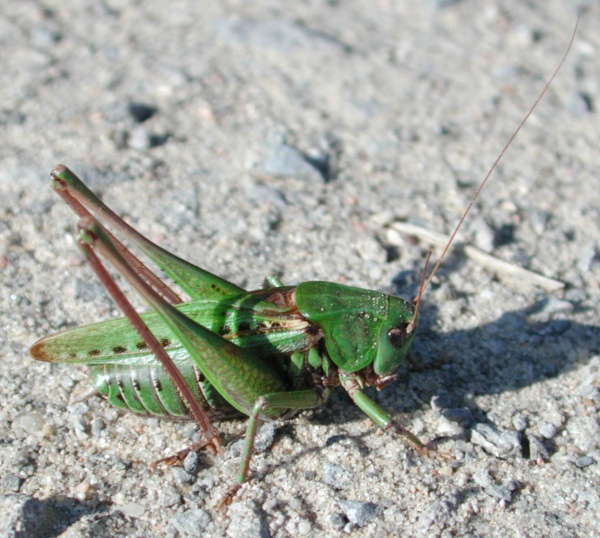Facts About Wart-biter
The wart-biter, a type of bush-cricket from the Tettigoniidae family, owes its quirky name to an old Swedish practice in the 18th century where people used these insects to remove warts. These critters are typically dark green, with females being larger than males. One of their standout features is their distinctive song, which consists of repeated bursts of clicks.
Wart-biters generally prefer walking but can take short flights if they feel threatened. They inhabit calcareous grasslands and heathlands and exhibit several subspecies. As omnivores, they feed on plants, insects, and, interestingly, even warts.
Their life cycle begins with eggs being laid in the soil, and their population tends to peak in late July and early August. Wart-biters are distributed across continental Europe and temperate Asia, with distinct subspecies arising due to geographic separation. In Britain, however, they are confined to just a few locations and face the risk of decline or even extinction.
To help protect them, there are ongoing conservation efforts, including those outlined in the United Kingdom Biodiversity Action Plan.

 Germany
Germany